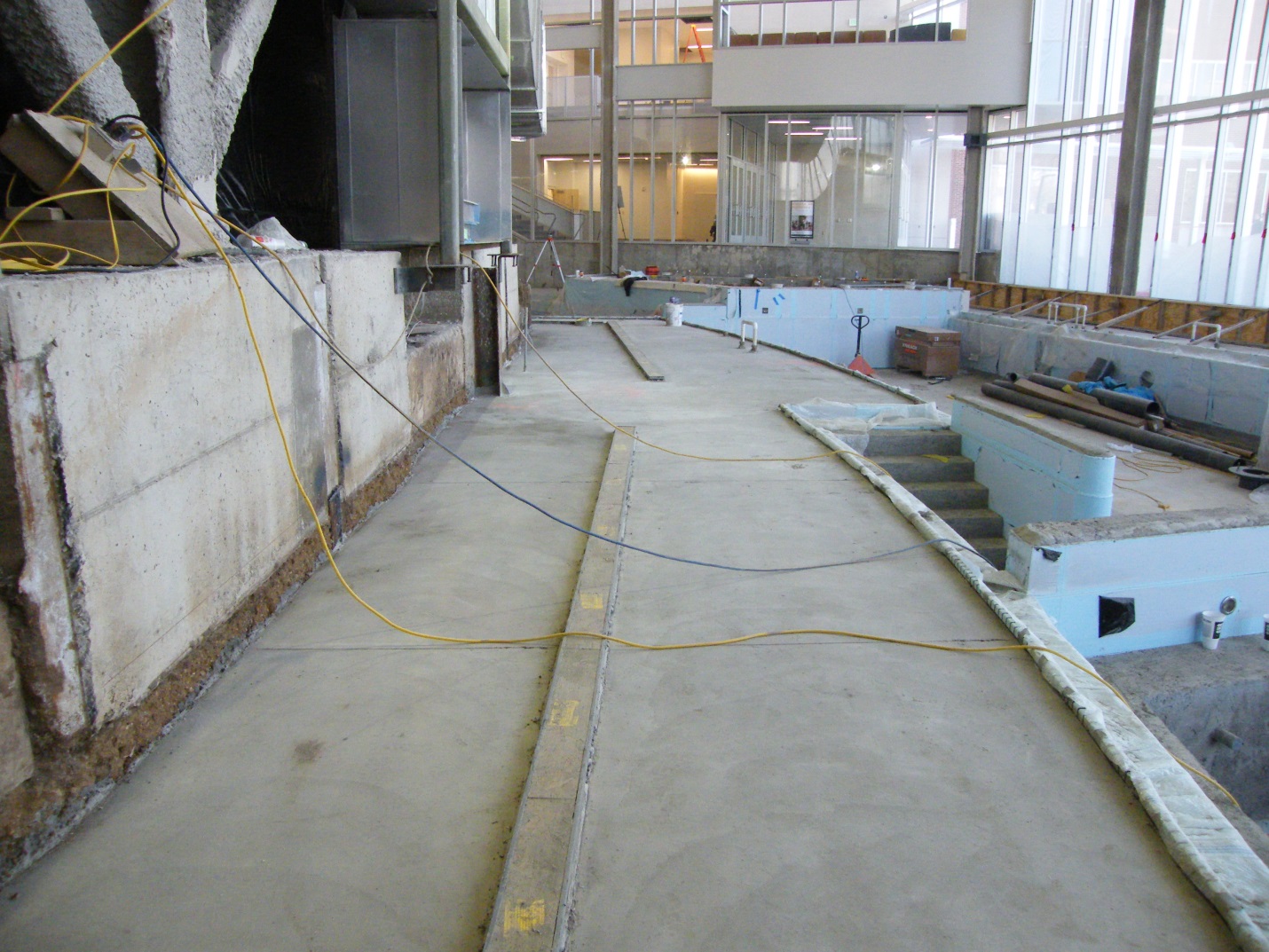“Fall Protection for Exposure to Unfilled Swimming Pools”
By: Matt McCreery
The Occupational Safety and Health Administration (OSHA) has received thousands of questions and requests for clarification about their occupational health and safety standards from employers, individuals, unions, and other organizations throughout the years. When OSHA responds to these questions, they typically do so through a Letter of Interpretation. These letters are posted on the OSHA website, and address many topics; they are a great resource for employers because they may answer your question(s) about a particular standard or topic. However, be aware that the letters only address the specific question asked, and may not apply to your exact situation. Also, the letters are strictly interpretations issues by OSHA, and do not alter the meaning of the actual OSHA standards. The intent of this newsletter series will be to provide insight into some of the more unique interpretations provided by OSHA.
In Part 1 of the “Interpreting the Interpretation Letter” series I addressed vertical wall studs being used as fall protection. Again with this article (Part 3) I will address another, often times, overlooked fall protection hazard as well as the associated interpretation letter protection issue that some of you may be familiar with. On an interpretation letter dated June 8, 1998 David L. Grissom of Grissom, Richards & Featherston, Inc. presented the following questions to OSHA.
1. Question : My firm has a client who fell into a residential pool under construction not yet filled with water. Are there OSHA standards which apply whose purpose is to prevent an occurrence such as the one I have described? What OSHA standards apply which would eliminate or reduce the hazards of a person falling into a residential swimming pool not yet filled with water?
OSHA responded with one of the more direct responses I have seen as it relates to Interpretation Letters.
“Dear Mr. Grissom:
This is in response to your letter addressed to Mr. Roy Gurnham, former Director of the Office of Construction Standards and Compliance Assistance, and subsequent telephone conversation with Ms. Jule Jones of this office. You requested an interpretation of OSHA's fall protection requirements for workers located at the edge of an empty residential swimming pool.
The edge of a completed swimming pool not yet filled with water would be considered an unprotected side or edge of a walking/working surface, and conventional fall protection would be required if workers were exposed to a fall of 6 feet or more (§1926.501(b)(1)). The alternative fall protection measures in Subpart M for residential construction apply only to work on a residential building being constructed. Those measures do not apply to employees exposed to fall hazards at the pool while they are off the building. Under the conditions that you describe, it appears as though section §1926.501(b)(15) would apply.”
So in layman’s terms if you as a Safety Director or Competent Person on-site anticipate on having a job where trades and other personnel will be working around unfilled swimming pools, considering and implementing a compliant fall protection system would be mandatory. This would include the Controlling Employer, Exposing Employer, Correcting Employer and Creating Employer. Take the picture below for example:

The pictured example per OSHA would be non-compliant because some of the pool wall heights exceed the 6 foot threshold as stated in 1926.502(b)(15).
"Walking/working surfaces not otherwise addressed." Except as provided in 1926.500(a)(2) or in 1926.501 (b)(1) through (b)(14), each employee on a walking/working surface 6 feet (1.8 m) or more above lower levels shall be protected from falling by a guardrail system, safety net system, or personal fall arrest system.
This scenario is often overlooked during school renovations, new construction and most assuredly residential construction. So what are the options contractors have available as to maintain compliance while also being able to perform the work necessary? Here are some of the more common and simple solutions a contractor could use to keep their trade people safe.
• Build a compliant guardrail system in areas where the 6 foot threshold is exceeded
• Build a scaffold system up to the necessary work areas as to reduce the threshold to less than 6 feet
• Work from ladders inside of the unfilled swimming pools and barricade the walking surface around the threshold violations to ensure exposure is eliminated to other trades.
Safety is forward thinking and relies on common sense and the willingness to act on issues if a risk potential is present. If you are constantly striving to improve workplace safety then pre-planning and consideration of all fall exposures is critical and must not be overlooked.
Related Topics: OSHA Letter of Interpretation, Monthly Safety Topics, Safety Articles